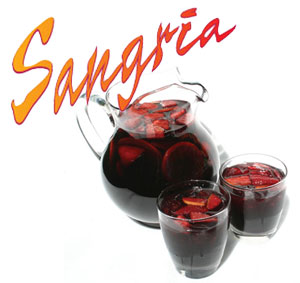The debate over bullfighting has been reignited in Spain after the government recognised the spectacle as "an artistic discipline and cultural product", delighting enthusiasts but outraging animal rights campaigners.
Prime minister José Luis Rodríguez Zapatero's socialist government announced that the ministry of culture will from now on be responsible for the "development and protection" of bullfighting, which previously fell within the remit of the interior ministry.
The move follows pressure from bullfighting organisations keen to protect their livelihood following a controversial vote to ban bullfighting in the Catalonia region last year. The ministry of culture said in a statement: "As it is understood that bullfighting is an artistic discipline and a cultural product, it was considered that the ministry of culture was the correct place for its development and protection."
The ministry of culture said in a statement: "As it is understood that bullfighting is an artistic discipline and a cultural product, it was considered that the ministry of culture was the correct place for its development and protection."
Supporters, who see bullfighting as an integral part of Spain's cultural identity, hope the announcement is a step towards protecting the tradition from further regional bans.
Juan Diego, a matador speaking for the Bullfighters Union, welcomed the announcement as necessary "for the protection and guardianship of bullfighting", describing the sport as "a symbol of Spanish cultural heritage that shapes the national identity".
The change was backed by the conservative Popular party (PP), in opposition but favourite to win power in the general election on 20 November.
Miguel Cid Cebrián, chairman of the Parliamentary Bullfighting Association, said he hoped the PP would provide legal protection for bullfighting as a special "cultural interest" if it takes power, in order to stop other regions outlawing the tradition.
Last year the regional government in Madrid announced it was awarding bullfighting legal protection locally, because of its cultural importance.
Opponents, who describe the practice as a barbaric bloodsport, accused the government of abandoning a commitment to animal rights.
Silvia Barquero, spokeswoman for Pacma, an anti-bullfighting political party, told newspaper Público the decision to switch responsibility for bullfighting to the ministry of culture was "complete nonsense ... a measure which sends us back to the Middle Ages".
Animal rights campaigners say bullfighting only survives because it is subsidised by the Spanish taxpayer. Attendances are falling, its appeal has faded among younger Spaniards and the industry has been hit by the economic crisis. The number of bullfights taking place at local fiestas has diminished as spending cuts have been enforced.
The Catalan regional government voted to ban bullfighting in the northeastern region last July, by 68 votes to 55, with nine abstentions, on the grounds it is cruel and outdated. The vote was held after campaign group Prou! (Enough! in Catalan) collected 180,000 signatures in favour of a ban.
Anti-bullfighting organisations hope the Catalan example will be copied in some of Spain's 16 other autonomous communities.
Critics of the ban said it was motivated more by Catalan nationalism and a desire to assure political independence from Madrid than by a genuine desire to outlaw the tradition.
The ban, which will come into effect next January and will not be affected by Friday's decision, will be the first to be introduced in mainland Spain. The Canary Islands outlawed bullfighting in 1991.
A poll last year for the newspaper El País found 60% of Spaniards did not enjoy bullfighting, but 57% disagreed with the ban in Catalonia.










 01:03
01:03

 Posted in:
Posted in: 







